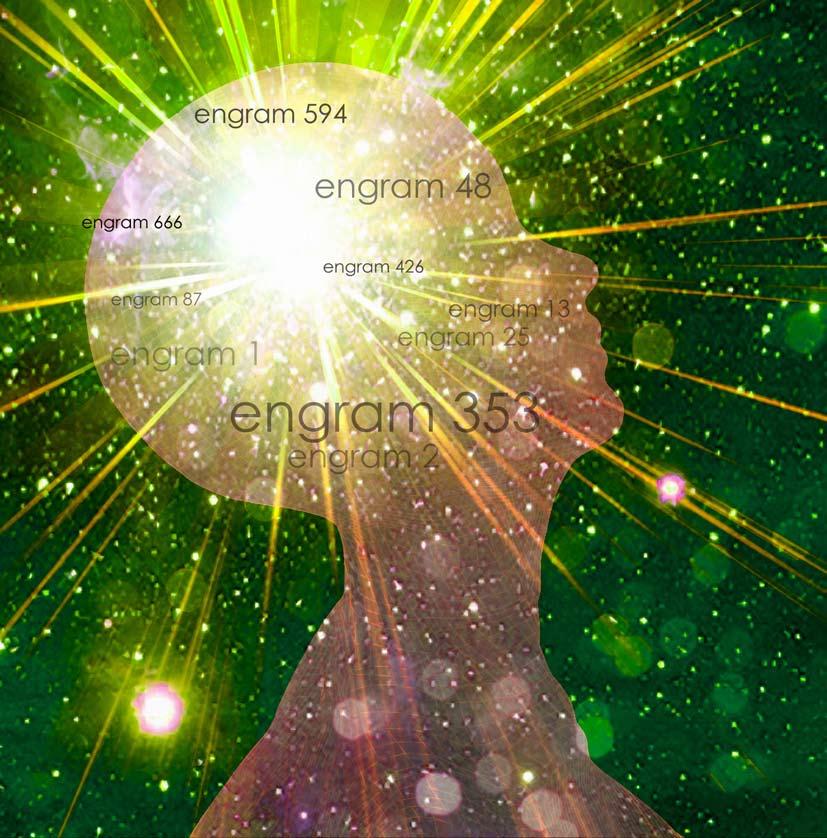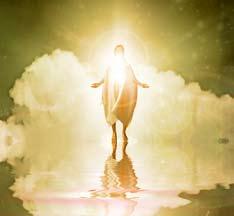
4 minute read
(Not So) New Age
By Rev. John Sound
Scientology is a worldwide movement which became a religion with the founding of the Church of Scientology in 1954. Hundreds of thousands of people have taken counseling courses, including such celebrities as Tom Cruise, John Travolta, Kirstie Alley, and Lisa Marie Presley. What is this New Age movement? How can we respond?
Advertisement
Scientology hit the headlines in June 2009 when John Travolta’s son, Jett, passed away from a seizure disorder. He was autistic, which John Travolta himself acknowledged, but the Church of Scientology refused to dignify the diagnosis. Travolta’s use of the term “autistic” was a break away from that church’s doctrine—that psychiatric diagnoses are fake ailments invented by Nazi psychiatrists so they could give people drugs to keep them from realizing their true potential of controlling the physical world with their minds. Does this sound strange to you? Let us explore.
The teachings of Church of Scientology are based on Ron L. Hubbard’s 1950 publication of Dianetics: The Modern Science of Mental Health. Hubbard researched the human mind, influenced by his knowledge of psychology, Oriental religions, and the occult. Scientology does not teach that one has to accept anything on faith alone. Rather, people have to discover the principles of Scientology to be true by applying them and observing the consequences. The ultimate goal is true spiritual enlightenment and freedom. Scientology teaches that man is a spirit, has a mind, and occupies a body. He is basically good and is an immortal being who can gain neverending happiness in his life, beyond imagination. Thus, Scientology is something one does, not merely something one believes.

Scientology asserts that people were once happy, but now they are not. Improvements can be made if man understands the truth about himself, others and the universe.
Hubbard suggests that man possesses the following dynamics: the desire to survive, the desire for sex or procreation, the desire for the group, and the desire for human kind (to which he later added the desire of the species), to seek to survive through identification with the universe, spirituality, and infinity or the Supreme Being. Positive actions toward these achievements yield pleasure, whereas destructive actions yield failure, suffering, and death.
Psychological pathologies, or images called “time tracks,” may prevent man from obtaining these pleasures, but Dianetics is able to cure these inhibitions. The road to cure, as Hubbard states, lies in addressing the two kinds of minds which are in every man: the analytical mind and the reactive mind. The analytical mind takes those images, analyzes them, and comes up with survival-oriented decisions. On the other hand, while the analytical mind is turned off (sleep) or is distorted by certain events, the unconscious or reactive mind is operative in us and stores mental data. Hubbard calls these collective images engrams. They cause destructive responses: pain, depression, humiliation, and so on.
To eliminate all the negative images from the mind, Hubbard offers a mental therapy called “auditing.” Trained counselors (“auditors”) bring these engrams to the consciousness of the person (called a “pre-clear”). Through this process the pre-clear is led to an awareness of these negative factors. The end awareness is enlightenment, or being “clear.” The clears are happy, confident and generally successful. In this state, the soul is called a thetan— the immortal soul.
How do we respond with God’s Word? In Scientology, there is no god or the concept of a god—only the urge toward existence as infinity. Our God is Triune: Father, Son and Holy Spirit—Three in One and One in Three (Galatians 4:6). Scientology has no theory of the universe’s origin, but our God created everything out of nothing (ex nihilo), simply by His Word (Psalm 33: 6, 9). Moreover, God created Adam and Eve in His own image and let them have dominion over His creation (Genesis 2:26-27). But sin came into the world through the disobedience of Adam and Eve (Romans 5:12). The image of God was lost. That we may be saved through the work of Christ and that the image be fully restored in heaven, God announced redemption through His Son, Jesus (Genesis 3:15)—protoevangelium (the first Gospel). Christ, who had no sin, became sin for us and He is the propitiation for our sins (Hebrews 2:17; 1 John 2:2). Salvation is a gift of God; it can, by no means, be achieved by human efforts (1 Peter 2:24).

Unlike Scientology, which puts the emphasis on humans to clear their minds of engrams, God (Psalm 139:1-4) invites us to come to Him with repentance—with broken and contrite hearts that He will not despise (Psalm 51:17). Having heard our confession, He grants us forgiveness for the sake of Christ who took our guilt and punishment upon Himself (2 Corinthians 5:21; 1 John 1:9). The answer to our anxieties, problems, worries, cares and concerns is not found in auditing but in Christ who has overcome them all (John 16:33). Christ is our living God who rose from the dead and is seated at the right hand of God, the Father Almighty (Ephesians 1:20-23). Once ascended, He sent the Holy Spirit to grant to all Christians through the Word and sacraments, the most precious gifts: faith in Christ, the forgiveness of sins, and eternal life. So let us rejoice in the truth that eternal life is ours and let us continue to live a life of faith that on the Last Day, you and I and all the believers in Christ, in both body and soul, will begin experiencing the full enjoyment of being with Christ forever. “Dear friends, now we are children of God, and what we will be has not yet been made known. But we know that when He appears, we shall be like Him, for we shall see Him as He is” (1 John 3:2). Soli Deo Gloria!
Rev. Dr. John Sound is the pastor of Our Savior Lutheran Church in Winchester, Virginia. He can be reached at prsound@msn.com.










